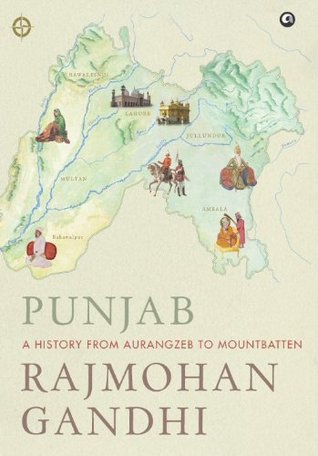The Sikhs never forgot that the places of Guru Nanak’s birth and death as well as the popular Sikh shrine, Panja Sahib, lay in Muslim-majority areas of Punjab, over which Ranjit Singh had ruled in the nineteenth century. Moreover, they were strongly attached to the British-era canal colonies they had helped develop in Lyallpur, Montgomery and other Muslim-majority districts. Driven by these connections but lacking a majority in any district, the Sikhs tried nonetheless to mark out a substantial ‘Sikh’ Punjab consisting of several eastern Punjab districts where Sikhs and Hindus, taken together,
...more
Welcome back. Just a moment while we sign you in to your Goodreads account.


